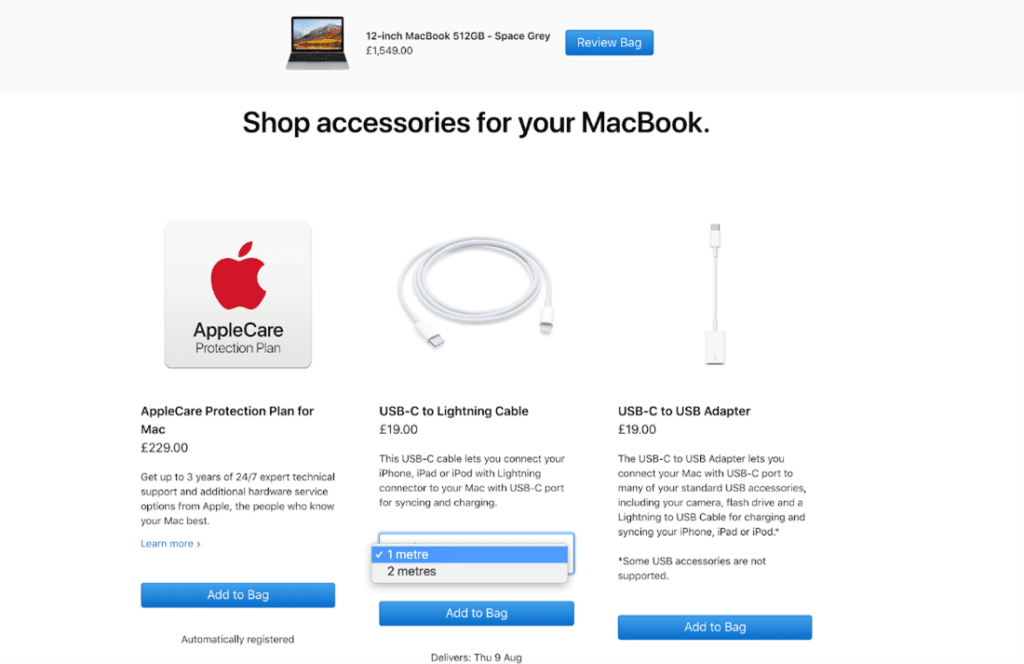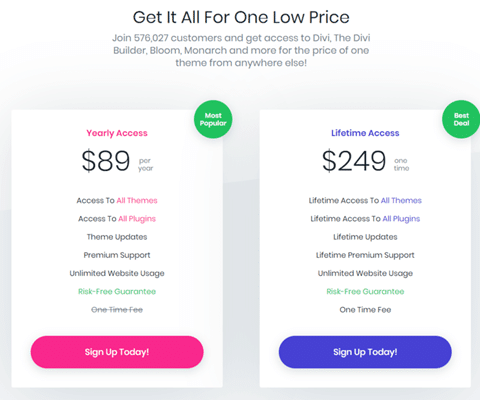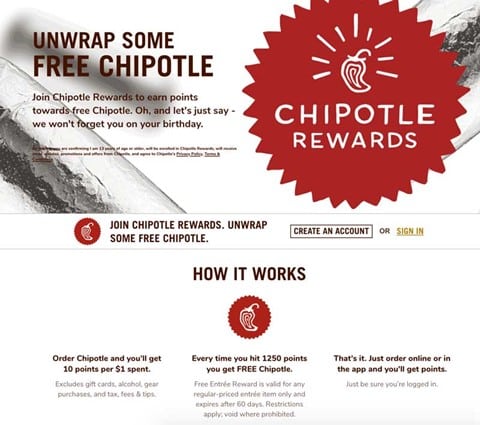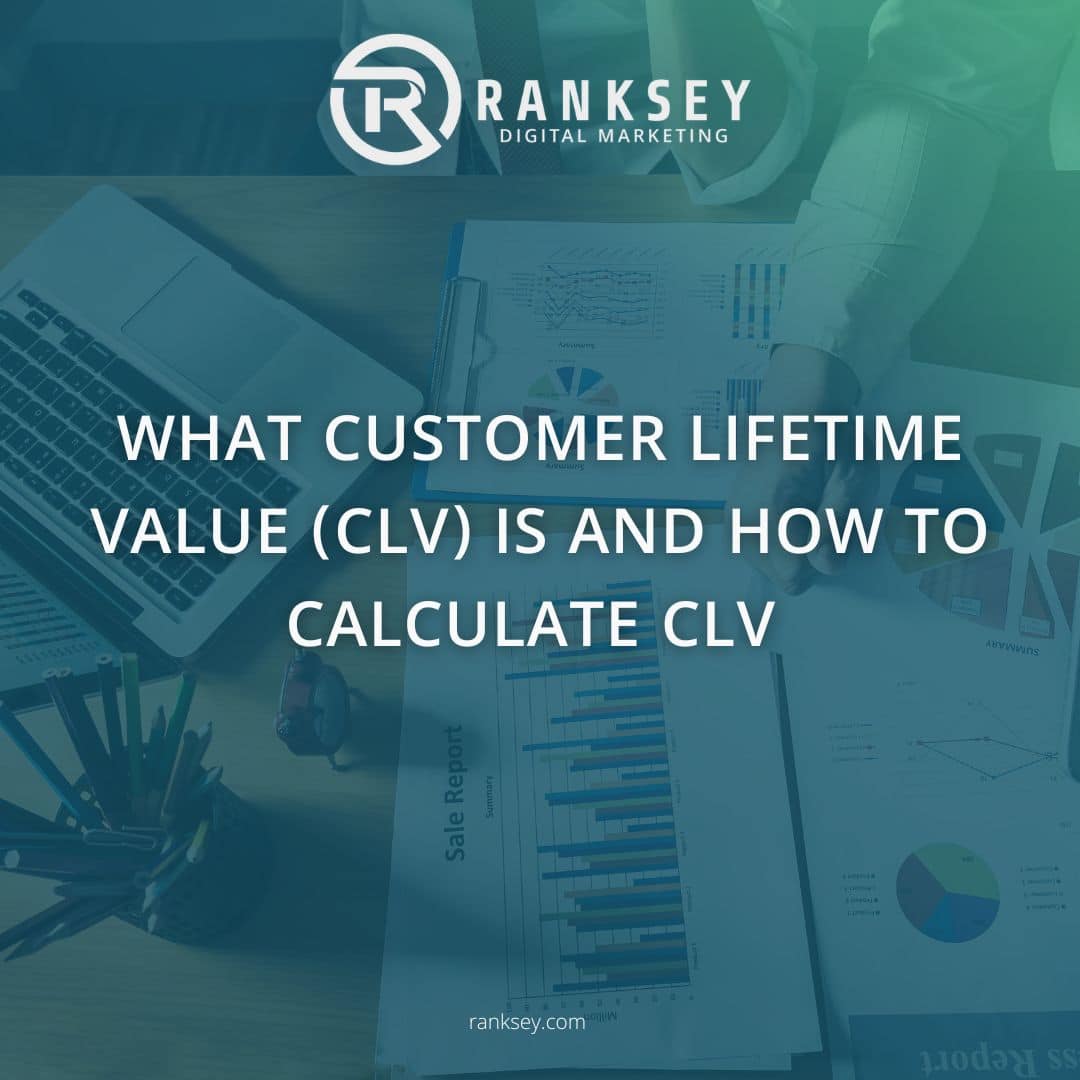How to Calculate Customer Lifetime Value for E-Commerce
As an e-commerce brand, you know the importance of tracking customer lifetime value (CLV) for your bottom line — but do you know how to accurately calculate CLV? In this guide, you’ll learn how to calculate Customer Lifetime Value (CLV) as well as some tips to effectively increase this key e-commerce metric.
The cost of acquiring new customers is much more expensive than retaining existing customers. But how valuable are your current customers? Customer Lifetime Value (CLV) measures how much your customers are worth to your brand. Calculating and measuring CLV is essential for long-term growth. In this guide, you’ll learn why it’s important and how you can calculate it yourself.
What is Customer Lifetime Value (CLV)?
Customer Lifetime Value (CLV) is one of the essential e-commerce metrics used to measure how much your average customer is worth to you.
CLV factors in the following data about your customers:
- How much they purchase
- How often they purchase
- How long they stay with your brand
When e-commerce brands know these three factors about their customers, they can gain more insight into their consumers’ shopping behavior and are able to identify their highest/lowest valuable customers.
What is a good Customer Lifetime Value for e-commerce?
Since Customer Lifetime Value (CLV) is the measure of how valuable your customers are, the higher the number, the better. But what is a good CLV rate? Well, the answer depends on your products, your margins, and how long your product lasts. If you’re selling a product that has little need for repurchase, your CLV will likely be very similar to your AOV (Average Order Value) – and that isn’t a good thing.
A good CLV should cover your cost of goods sold and your customer acquisition costs while bringing in profit long-term through repeat purchases. You should be shooting for 10x what you pay to acquire a new customer. For example, if it costs you $25 to acquire a new customer, you should be shooting for a CLV of $250.
Why Calculating Average Customer Lifetime Value is Crucial for E-Commerce Brands
Knowing what your Customer Lifetime Value (CLV) is crucial for every brand. When you calculate what your current CLV is, you gain a lot of insight into how your customers interact with your brand. You also calculate some other key metrics that can help you to understand how your brand is doing and identify opportunities for improvement.
Shows Profitability Metrics Based on New Customer Acquisition Costs
It’s important to keep in mind what your Customer Acquisition Costs (CAC) are when finding your CLV. Knowing how much it costs to acquire a new customer can tell you what a good CLV is for your brand. If you find that your cost to gain a new customer is $100, but the lifetime value of that customer is only $80, then you’re losing money going after new customers.
If you’re in this situation, it could mean a couple of different things. Either your CAC is too high, your CLV is too low, or it’s a mixture of the two and you need to work on both.
Helps Brands Understand Key E-Commerce KPIs
When calculating your CLV, you have to find the value of a few different variables before you can use the formula. When determining these variables, you not only quantify your lifetime value, but you also gain insight into the individual metrics that make up your CLV. With these metrics, you are able to make clear goals that fit your brand’s needs.
How Average Order Value Impacts Customer Lifetime Value
Average Order Value (AOV) is how much your customers spend on average at checkout. When you see how much your customers normally spend per transaction, this can tell you whether or not you need to focus on getting customers to spend more. If you find your AOV is only a few dollars, then you may need to invest in cross-selling and upselling tactics on your brand’s website.
How Purchase Frequency Impacts Customer Lifetime Value
Purchase frequency is another significant variable that can indicate if you’re on the right track. Finding out how often you gain repeat business can tell you if you need to work on this. Low purchase frequency can be the result of a few different things. Some brands don’t get repeat business just due to the nature of what they sell. If a brand sells something where it wouldn’t make sense to buy multiple times, then a low purchase frequency isn’t necessarily a bad thing. However, if your brand does not fall under this category, it could mean you need to focus on product quality, or you need to concentrate on nurturing your existing customers to get them to purchase more often.
Focuses on Customer Retention and Satisfaction
Customer lifetime and retention tie into purchase frequency. Purchase frequency is a big part of retention, and knowing how long your customers stay with your brand is another essential value you’ll find when calculating your CLV.
Customer retention is one of the most vital parts of maximizing your brand’s revenue. If you spend all this money to acquire customers, and their relationship with your brand is brief, then you need to make efforts to keeping your customers for a longer period of time.
How to Calculate Customer Lifetime Value (CLV)
The process of calculating your CLV takes quite a bit of information. As a larger brand, you hopefully have easy access to the data you need. For smaller brands, you might not have all the numbers you need readily available.
Calculating Customer Lifetime Value (CLV)
The formula itself for CLV is pretty straightforward, but when you have to find each variable, it can take a bit more digging. For each calculation, you want to have a set timeframe that is consistent between each variable. It’s best practice to go with a larger period of time, such as one year. If your brand is much older, then you might want to consider using 2-3 years. It’s also a good idea to compare multiple timeframes to see how your CLV changes over time.
Customer Lifetime Value (CLV) Formula
((Purchase Frequency x AOV x Gross Profit Margin x Customer Lifespan))
CLV is calculated by multiplying your average purchase frequency, average order value, average gross profit margin, and your average customer lifespan.
Calculating Purchase Frequency
Purchase frequency involves finding how many times your average customer purchases from you.
Purchase Frequency Formula
# of Orders / # of Customers
To find your average Purchase Frequency, you’ll need to divide the total number of orders by the number of unique customers. This will show you the average number of orders each customer places.
Calculating Average Order Value (AOV)
Average Order Value (AOV) is a basic metric that tells you how much your customers spend on average on each order.
Average Order Value (AOV) Formula
Total Revenue / # of Orders
Your AOV gives you the average amount a customer spends on every transaction. To find this, you’ll need to divide your total revenue by the total number of orders.
Calculating Gross Profit Margin
Gross Profit Margin is a necessary step in the formula because it takes into consideration your Cost of Goods Sold (COGS). Your AOV tells you how much your average customer spends, but that doesn’t account for your actual profit, just revenue.
Gross Profit Margin Formula
((Total Sales – COGS) / Total Sales) x 100
Your Gross Profit Margin tells you what percent of revenue is actually profit. To calculate this, you need to first subtract your Cost of Goods Sold (COGS) from your total revenue. Once you find the difference, you’ll divide that number by your Total revenue
Calculating Customer Lifespan
Finding Customer Lifespan is the final step of the formula. This portion tells you how good your retention is.
H4: Customer Lifespan Formula
1 / (1 – Retention Rate)
To find your Customer Lifespan, you need to find your retention rate and subtract it from 1. Then, take 1 and divide it by that difference.
Customer Retention Rate Formula
Customers with 2+ orders / Total Customers
To find your Retention Rate, you need to find the number of customers that have made at least 2 purchases and divide that by the total number of customers.
Tips to Increase CLV
Being able to increase your average CLV will do nothing but benefit your brand, but actually doing so is a process. It’s not something that can be done overnight, but it requires changing your marketing strategies. Here’s a few things you can start implementing to increase your CLV:
Cross Selling
Cross-Selling is a method you can use to boost your average AOV and purchase frequency. Cross-selling is when someone is purchasing an item from you, and you sell them additional products to what it is they are already buying, such as accessories or related products. By implementing these types of strategies pre and post purchase, you’ll be able to increase how much your customers spend.
Here’s an example of how you can cross-sell for e-commerce from Apple:

When purchasing a MacBook, Apple also tries to sell you AppleCare, a charger, and an adapter. Even though these accessories are cheap, when large quantities of customers spend a little more money, it adds up and can generate a lot more revenue.
Upselling
Upselling is another technique you can use to help improve your AOV. Upselling is the process of enticing your customers to upgrade their purchase, rather than selling them additional products. This involves methods including getting them to buy larger quantities or buy a higher quality version. There are a few different ways you can successfully do this by making adjustments to your website. Effective upselling comes down to how you present the higher-value purchase to your customers.
Here’s an example of Upselling from Elegant Themes:

In this example, they compare the two plans side-by-side and present all the additional features and benefits you get from the more expensive options. They also label the better options with “Best Deal” to build value.
Implement A Loyalty Program
Having a loyalty program for your brand is a valuable asset that will attract and retain customers. When customers sign up for loyalty programs, they are incentivized to make more purchases by being offered discounts and rewards. As they spend more, they get more, and this naturally causes them to purchase from you more frequently.
Here’s an example of a Loyalty Program from Chipotle:

Chipotle offers you points every time you buy from them, and these points eventually lead to free meals. If you enjoy Chipotle, this will incentivize you to eat from them more because you know you will eventually get rewarded for it. This example can easily be applied to any e-commerce products.
RFM Email Segmentation
RFM Analysis is one of the best ways you can improve your CLV. RFM stands for Recency, Frequency, Monetary Value. This approach to analyzing data categorizes customers by purchase behavior so you can better target them with your marketing efforts.
When you properly segment your customer base, you can strategically adjust your email marketing messaging according to the segment you are targeting, rather than sending the same email to everyone. This creates a level of personalization that allows you to reach your audience more efficiently. You can also look at segments of customers who are valuable but haven’t made a purchase in a while and give them an offer or discount to bring them back.
Using RFM Data in Your Acquisition Strategy
When you have the right data for RFM Analysis and you’re able to segment your customers, you can use this to your advantage for your acquisition strategy. With the data you have for your most valuable customers, you can create similar audiences with Facebook and Google. This will increase your chances of acquiring more valuable customers.
Increase Your Customer Lifetime Value with Customer Value Optimization
Calculating Customer Lifetime Value (CLV) is critical because it provides insight into your online store’s potential and expected income. With this data, e-commerce brands can better predict their customers’ shopping behavior and interests, so they remain loyal to increase retention and lifetime value.
Now that you know how to calculate customer lifetime value, is your CLV rate lower than expected?
Ranksey Digital Marketing is a digital agency that helps e-commerce brands scale by giving equal attention to acquisition and retention marketing strategies. With our Customer Value Optimization services, we can help you maximize your CLV with our Customer Value Optimization services. Request a free CLV audit today to receive free, actionable strategies you can use to increase your CLV.



